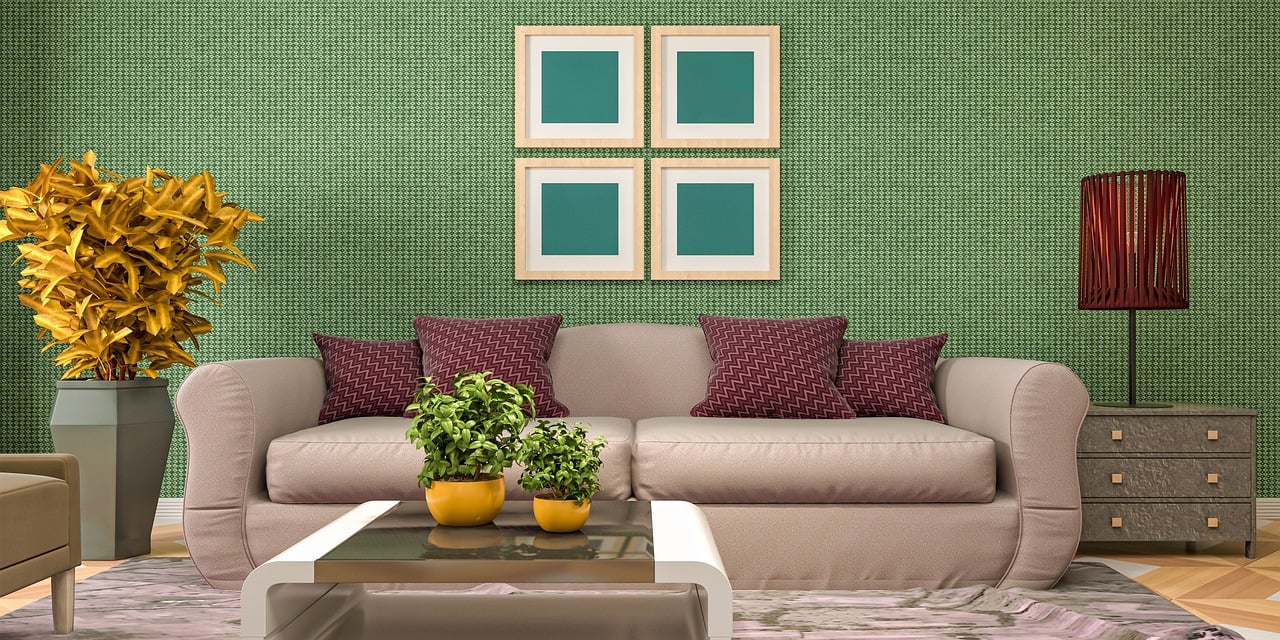Revolutionizing Home Improvement with Green Building Materials
Opting for green building materials when embarking on a home improvement project can offer a myriad of advantages. From reducing energy consumption to promoting better indoor air quality, these materials prioritize sustainability without compromising on quality or aesthetics. By choosing eco-friendly options like recycled wood, bamboo flooring, or energy-efficient windows, homeowners can create a healthier living environment while minimizing their carbon footprint.
In addition to the environmental benefits, using green building materials can also lead to long-term cost savings. While the initial investment might be slightly higher compared to traditional materials, the energy-efficient nature of these products can result in lower utility bills over time. Furthermore, green materials often require less maintenance and have a longer lifespan, translating to fewer repair or replacement costs in the future. Ultimately, incorporating sustainable elements into home improvement projects not only benefits the planet but also the homeowner’s wallet in the long run.
Understanding the Environmental Impact of Traditional Building Materials
Traditional building materials such as concrete, steel, and brick have been widely used in construction for many years. Despite their durability and strength, these materials can have a significant negative impact on the environment. For example, the production of concrete results in high levels of carbon emissions due to the energy-intensive process of making cement. Additionally, the extraction of raw materials for steel production can lead to habitat destruction and water pollution.
Moreover, the transportation of traditional building materials over long distances contributes to greenhouse gas emissions, further exacerbating the environmental impact of construction projects. As a result, there is a growing awareness of the need to shift towards more sustainable and eco-friendly alternatives to reduce the environmental footprint of the construction industry. By understanding the environmental consequences of using traditional building materials, we can make informed decisions about incorporating greener options into our home improvement projects.
Traditional building materials like concrete, steel, and brick have been used for years
Concrete production results in high carbon emissions due to cement manufacturing
Steel extraction can lead to habitat destruction and water pollution
Transportation of materials over long distances contributes to greenhouse gas emissions
Need to shift towards sustainable alternatives in construction industry
Understanding environmental impact helps make informed decisions on home improvement projects.
Innovative Green Building Materials for Sustainable Home Renovation
Green building materials have been gaining popularity in the construction industry due to their sustainable benefits. Homeowners are increasingly turning to innovative materials that are eco-friendly and contribute to a healthier living environment. These materials, made from renewable resources or recycled materials, help reduce the carbon footprint of home renovations while also promoting energy efficiency.
From bamboo flooring to recycled glass countertops, there is a wide range of green building materials available for sustainable home renovation projects. These materials not only add a unique aesthetic appeal to homes but also support environmental conservation efforts. By integrating innovative green building materials into home renovations, homeowners can create eco-friendly living spaces that are both stylish and environmentally responsible.
What are the benefits of using green building materials for home improvement?
Using green building materials can help reduce energy consumption, lower utility bills, improve indoor air quality, and minimize environmental impact.
How do traditional building materials impact the environment?
Traditional building materials can contribute to deforestation, pollution, and carbon emissions during production and transportation.
Can you provide examples of innovative green building materials for sustainable home renovation?
Some examples of innovative green building materials include recycled glass countertops, bamboo flooring, solar panels, and low-VOC paint.
How can I find green building materials for my home renovation project?
You can research and purchase green building materials from reputable suppliers, consult with sustainable architects or contractors, or look for eco-friendly certifications on products.
Are green building materials more expensive than traditional materials?
Initially, green building materials may have a higher upfront cost, but they can lead to long-term savings through energy efficiency and durability.







